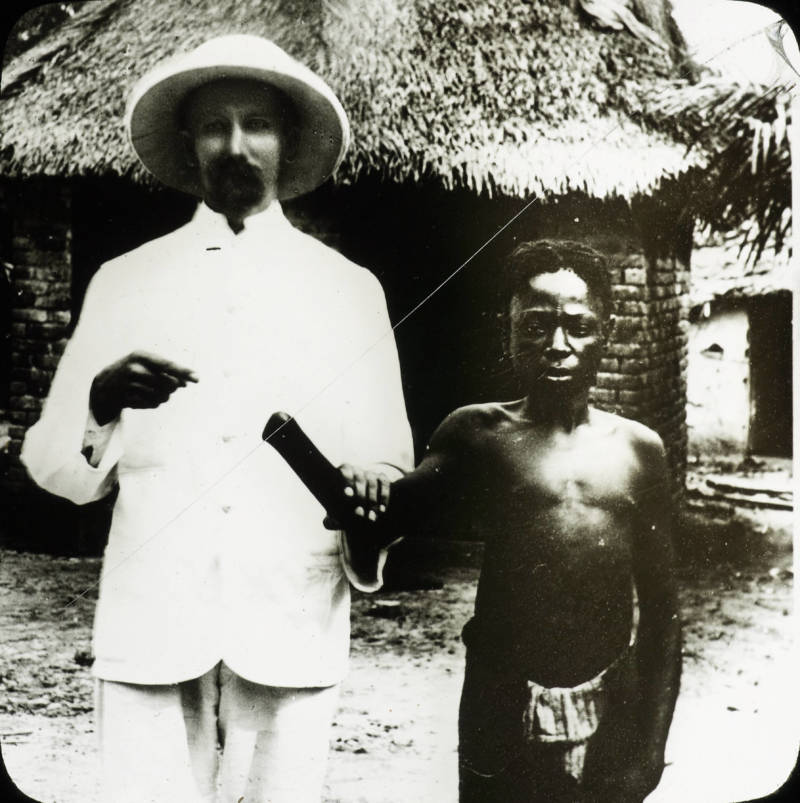
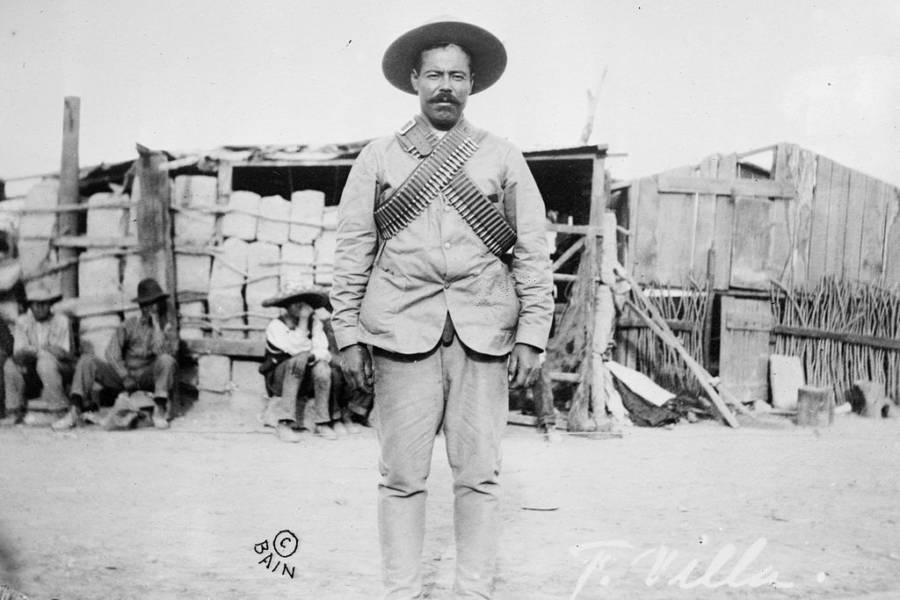
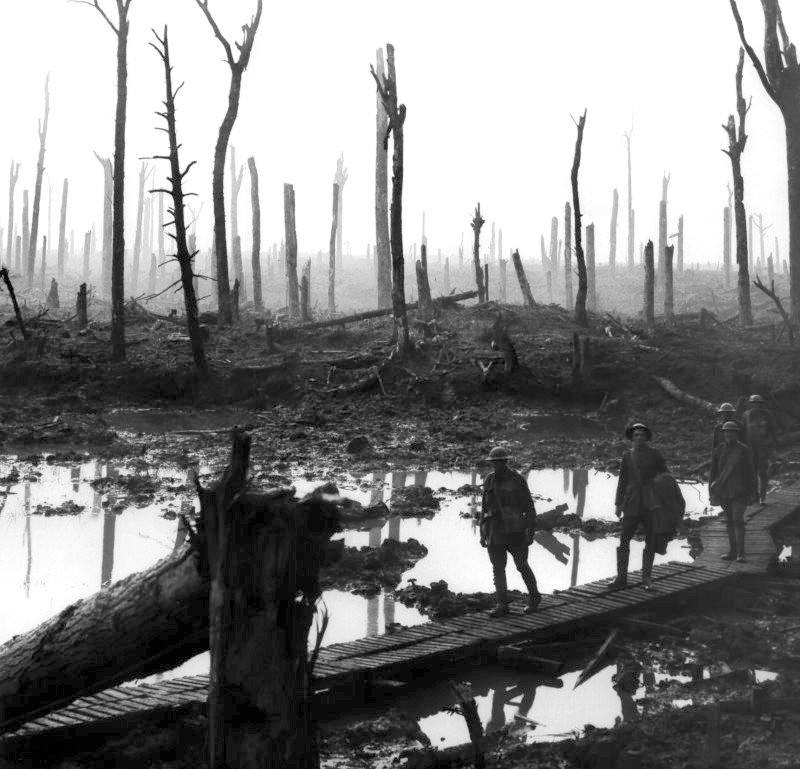
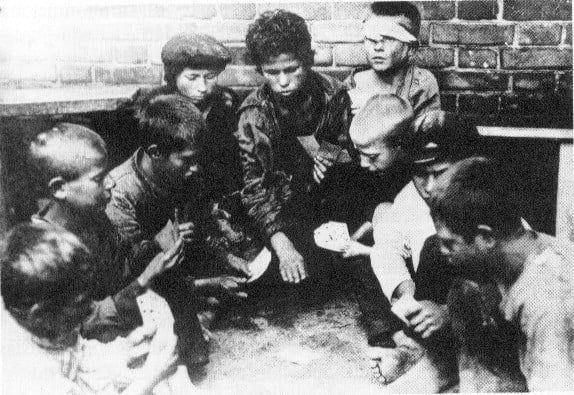
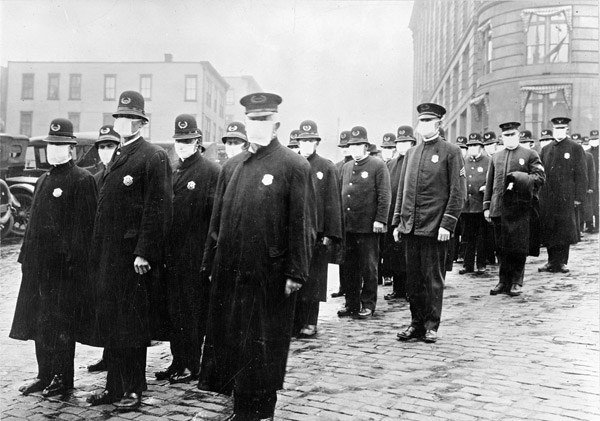


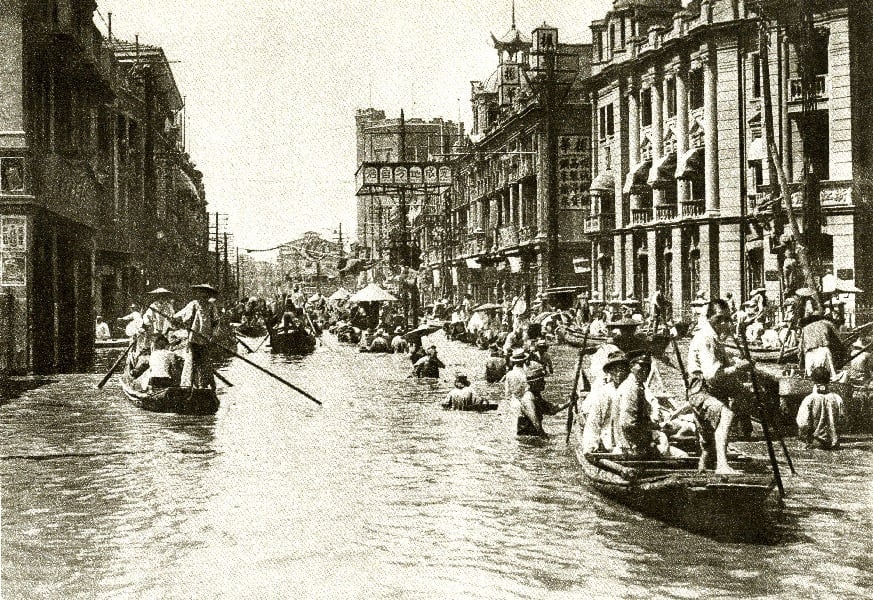

















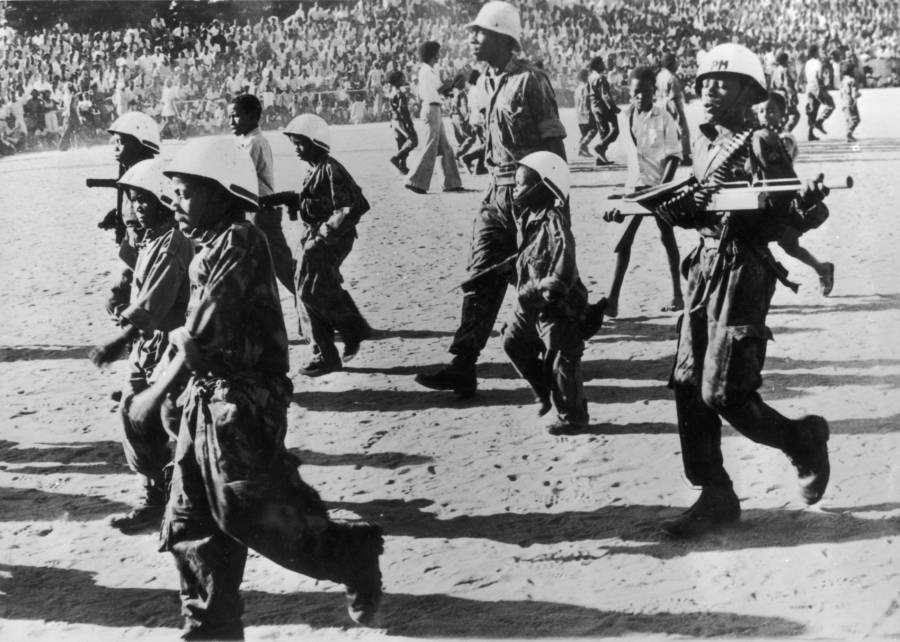








And if you liked this post, be sure to check out these popular posts:
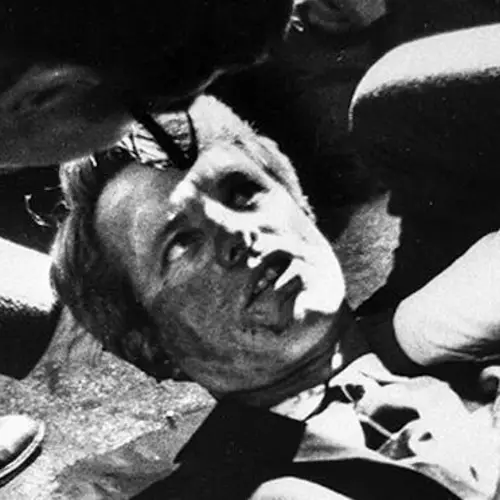
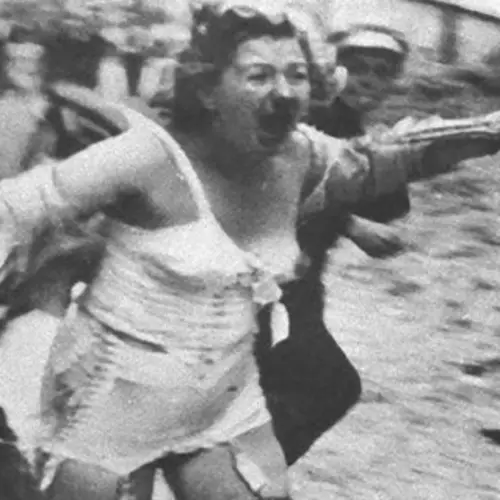
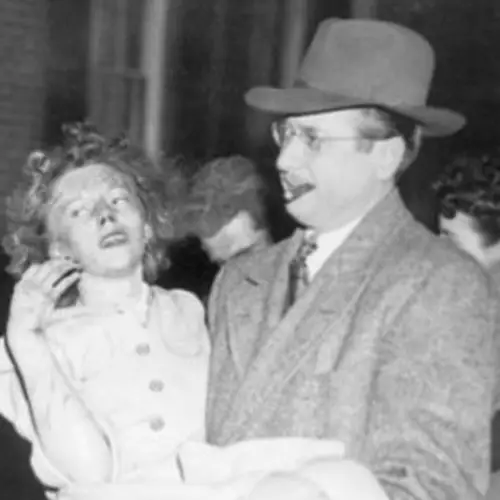
Congo Free State (1885-1908)
Death toll: 8-12 million
Instead he looted the area for rubber and ivory, extracted with native labor under threat of death or dismemberment: Anyone who failed to deliver their quota was liable to have a hand chopped off, or worse.
British missionaries and activists eventually spread the word about the horror, leading the great powers to force Leopold to give up the colony – until then, his personal property – to the Belgian government.
This photo of a mutilated laborer was taken by missionaries in order to document the brutality. Wikimedia Commons
Mexican Revolution (1910-1920)
Death toll: 1-2 million
The United States became involved in 1916 after Pancho Villa (pictured, at an insurgent camp in 1915), a rebel general, conducted cross-border raids killing scores of Americans.
Ultimately, the conflict resulted in The Mexican Constitution of 1917, which remains in place to this day.Wikimedia Commons
World War I (1914-1918)
Death toll: 18 million
Later Italy and the Ottoman Empire joined in, but nobody was able to break through the bloody stalemate of trench warfare.
German submarine attacks provoked the United States to declare war in April 1917, and American manpower finally helped turn the tide on the Western Front in 1918.
However, the unfair Versailles Treaty that ended the war left the losing side, Germany, nursing a grudge, ultimately leading to World War II.
World War I also saw the first major genocide of the 20th century, when the Ottoman government murdered approximately 1.5 million Armenians.
Pictured: Australian soldiers walk through the Chateau Wood near Ypres, Belgium in 1917.Wikimedia Commons
Russian Civil War (1917-1923)
Death toll: 9 million
Much of the fighting took place along railroad lines with armored trains, and disruption to transportation networks caused mass starvation (pictured: hungry orphans living on the street).
Eventually, the fighting ended with the triumph of the Reds and the formation of the Soviet Union.Wikimedia Commons
Spanish Flu (1918-1920)
Death toll: 20-50 million
The global influenza pandemic of 1918-1920 was probably caused or intensified by World War I, which brought both unprecedented global movements of people and health crises due to food shortages and other diseases.
The flu pandemic came in three distinct waves, peaking in late 1918, when it killed around 25 out of every 1,000 people infected. Wikimedia Commons
Russian Famine (1921-22)
Death toll: 5 million
Chinese Famine (1928-30)
Death toll: 3-6 million
Pictured: starving mother and child refugees from Shandong. 1930.Topical Press Agency/Getty Images
Chinese Floods (1931)
Death toll: 3.7 million
Pictured: Boats navigating flood waters in Hankou (now part of Wuhan) in central China. September 1931.Culture Club/Getty Images
Stalin’s Purges And Industrialization (1931-1953)
Death toll: 20 million
Meanwhile, endless political purges prevented anyone from growing powerful enough to challenge Stalin’s hold on power. His henchmen also murdered around 20,000 Polish military officers and intellectuals after dividing Poland with Hitler in 1939 (pictured: the Katyn massacre of Polish nationals, 1940).Wikimedia Commons
Spanish Civil War (1936-1939)
Death toll: 500,000
World War II (1939-1945; In Asia: 1931-1945)
Death toll: 50-80 million
At the same time that unprecedented numbers of troops took the battlefield, Axis powers carried out programs of genocide against civilian populations. The extreme racism of the Nazi ideology resulted in the deaths of some 6 million Jews along with five million other “undesirables” during the Holocaust. In Asia, the Japanese killed between 15 and 20 million Chinese citizens starting in 1931 with the Japanese invasion of Manchuria, along with millions more in other occupied countries.
Pictured: Dresden, Germany after the Allied firebombing on February 13-15, 1945.Wikimedia Commons
Henan Famine (1942-43)
Death toll: 2-3 million
Pictured: A child lies down on the sidewalk, too exhausted and sick to feed himself.George Silk/The LIFE Picture Collection/Getty Images
India-Pakistan Partition (1947)
Death toll: 1-2 million
Pictured: Vultures feeding on corpses lying abandoned in an alleyway after bloody rioting between Hindus and Muslims. Circa 1946.Margaret Bourke-White/The LIFE Picture Collection/Getty Images
Chinese Civil War (1927-1937, resumed 1945-1949)
Death toll: 8 million
Korean War (1950-1953)
Death toll: 3.5 million
br>Pictured: A grief-stricken American infantryman whose buddy has been killed in action is comforted by another soldier. In the background a corpsman methodically fills out casualty tags. Haktong-ni area. August 28, 1950.Wikimedia Commons
Asian Flu (1957-1958)
Death toll: 1-2 million
Pictured: A Swedish classroom with most of the class out sick due to the flu.Wikimedia Commons
Great Leap Forward (1958-1962)
Death toll: 20-45 million
So, across China, rural communes gave up producing food to forge steel in jerry-rigged furnaces, while other communes worked “overtime” to produce more food to feed them. The result was mass starvation and a bunch of useless steel nuggets.
Pictured: Peasants in Xinyang show their zeal farming under floodlights. 1959.Wikimedia Commons
Vietnam War (1954-1975)
Death toll: 1.4-3.6 million
Pictured: Thich Quang Duc, a Buddhist monk, burns himself to death on a Saigon street to protest alleged persecution of Buddhists by the South Vietnamese government. June 11, 1963.Wikimedia Commons
Indonesian Massacres (1965-1966)
Death toll: 500,000-2 million
Pictured: A sword-like knife used to kill communists, called a parang, being thrown by a young college student.Co Rentmeester/The LIFE Picture Collection/Getty Images
Cultural Revolution (1966-1976)
Death toll: 2 million
Pictured: Red Guards strike a dramatic pose.Universal History Archive/UIG via Getty Images
Nigerian Civil War (1967-1970)
Death toll: 500,000-2 million
It was an unusual Cold War conflict because the USSR and Britain both supported the Nigerian government, while France and other countries supported the Biafrans and other European mercenaries also played a prominent role as well.
Pictured: Two foreign hostages under guard by Nigerian federal troops in Port Harcourt in 1968.Terry Fincher/Express/Getty Images
Hong Kong Flu (1968-1969)
Death toll: 1 million
Pictured: An American couple looks at a public health billboard in Des Moines, Iowa.Bettmann/Contributor/Getty Images
Bangladesh War Of Independence (1971)
Death toll: 3 million
Pictured: An advertisement for a George Harrison record meant to raise funds and awareness in the name of the war.Wikimedia Commons
Ethiopian Civil War (1974-1991)
Death toll: 500,000-1.5 million
Pictured: Defeated and injured Ethiopian soldiers after the 1991 overthrow.Wendy Stone/Corbis via Getty Images
Cambodian Genocide (1975-1979)
Death toll: 1.5-3 million
The Khmer Rouge stayed in power after the genocide, and remained there into the 1990s.
Skulls lie in the killing fields of Choeung Ek. 1981.Roland Neveu/LightRocket via Getty Images
Angolan Civil War (1975-2002)
Death toll: 500,000
Pictured: Angolan children in a military parade. 1976.Keystone/Getty Images
Soviet-Afghan War And The Afghan Civil War (1979-1992)
Death toll: 500,000-2 million
Following the Soviet withdrawal in 1989, civil war continued with the mujahideen eventually emerging victorious.
A wounded mujahideen fighter reaches out for help. 1989.David Stewart-Smith/Getty Images
Iran-Iraq War (1980-1988)
Death toll: 1.5 million
In the end, both countries were left with a military stalemate and no significant territory having changed hands.
Pictured: Basij (mobilized volunteer forces) women in black chador carry rocket launchers.Kaveh Kazemi/Getty Images
HIV/AIDS (1981-present)
Death toll: 35 million
Then, it may have spread via global transportation networks: sailors may have brought the disease from Africa to Haiti in the 1950s or 1960s, and then the U.S. It was first identified in the U.S. among gay men in big cities in the early 1980s.
Anti-retroviral drugs debuted in the 1990s, radically changing the prognosis for patients and helping to bring the epidemic under control, despite the fact that it still claims disproportionate amounts of lives in the world's poorer, less-developed regions, namely in Africa.
Pictured: The AIDS Memorial Quilt in Washington, D.C.Wikimedia Commons
Somali Civil War, 1991-present. Death toll: 500,000
Nevertheless, some parts of the country are actually relatively peaceful: Somaliland in the north, for example, has functioned more or less independently for several decades.
Pictured: A young fighter from the Al-Shabab militia shows the wound in his hand which he suffered while battling Somali government forces in 2009.MOHAMED DAHIR/AFP/Getty Images
Rwandan Genocide (1994)
Death toll: 500,000-1 million
Pictured: A local child stands in a church where a massacre took place in Ntarama, Rwanda. September 16, 1994.Scott Peterson/Liaison/Getty Images
North Korean Famine (1994-1998)
Death toll: 600,000-2.5 million
Pictured: Arid North Korean farmland and orchards. 1995.Ben Davies/LightRocket via Getty Images
Second Congo War (1998-2003)
Death toll: 3-5.4 million
In the First Congo War, the Rwandan-backed Tutsi militias, led by Laurent Desire Kabila, overthrew the regime of Mobutu Sese Seko.
The Second Congo War began after Kabila (and later his son and successor Joseph) turned his back on his former Rwandan backers; the conflict eventually sucked in countries from across Africa, and although diplomacy ended the war in 2003, fighting continues in the north Kivu region.
Pictured: A Tutsi child soldier at play with an AK-47 during the First Congo War.ABDELHAK SENNA/AFP/Getty Images
Syrian Civil War (2011-present)
Death toll: 200,000-500,000
With no end is in sight, millions more have fled to neighboring countries and Europe.
Pictured: A Syrian man carries a wounded child following an air strike by government forces in Douma. August 2015.SAMEER AL-DOUMY/AFP/Getty Images




The phrases “20th century” and now “21st century” are often used to invoke modernity and all of its related developments in science, technology, and the like — a brave new world of comfort and reason, the culmination of human civilization, set off from the millennia of darkness that went before.
Ironically, however, this most recent phase of human history has been by far the deadliest, demonstrating yet again that historical progress doesn’t go in a straight line.
Beginning with the colonial barbarity in Belgium's Congo Free State in the 1880s, atavism seemed to grip Europe – supposedly the apex of advancement – with a barbaric outpouring of blood in the First and Second World Wars.
Today, nightmarish violence continues on in places like Syria and Somalia. Meanwhile, humanity remains prey for deadly diseases that defy science – or simply thrive on negligence.
The eruption of violence and disaster in the modern era is not just a tragic coincidence. In fact, the willingness to commit unspeakable atrocities against fellow human beings stems directly from the rise of modern fanatical ideologies – chiefly nationalism, racism, communism, anti-communism, and politicized religion – all based on the idea that there is a higher law governing human affairs, for which it is not only permissible but necessary to kill.
Nationalism first arose in 19th-century Europe, where it filled the vacuum left by the retreat of the Catholic Church and later Christianity in general. Walking hand in hand with nationalism, racism, with the aid of science, allowed us to classify and sort different groups of people. Then, communism purported to provide a scientific framework for understanding history. Nazism and fascism arose in response to communism, equaling its capacity for barbarity. Later, politicized religion, including radical Islamism, claimed to present a new path but simply mirrored the inhumanity of the earlier ideologies.
In many cases, ideology has merely provided a fig leaf for some other very human qualities, notably greed and lust for power. And in other cases, whether it's disease or natural disaster, scores of people perish and no other humans are to blame at all.
Whatever the cause, see the deadliest disasters in modern history by viewing the gallery above.
Next, read up on some of history's most fascinating forgotten disasters. Then, check out the weirdest disasters in human history.





